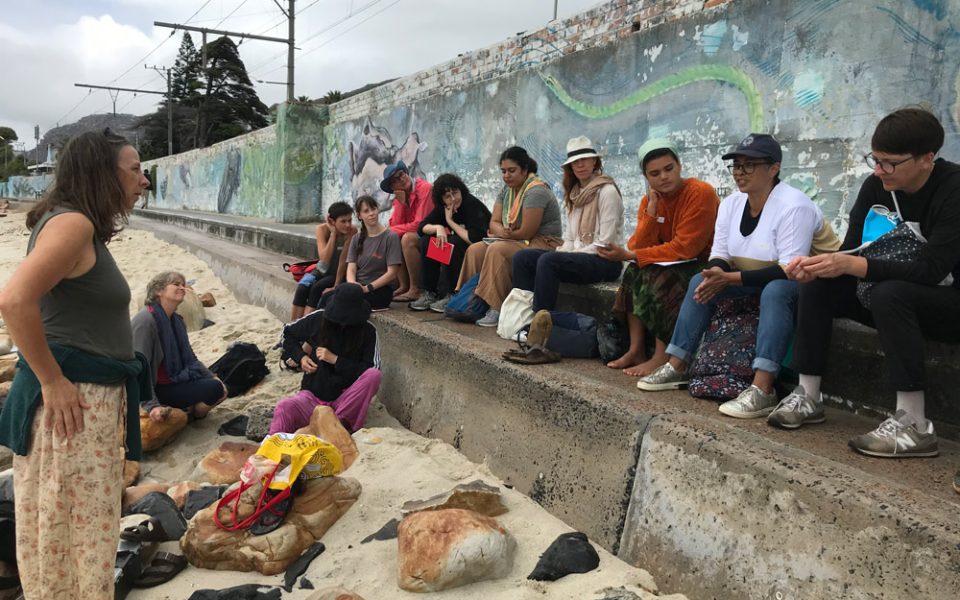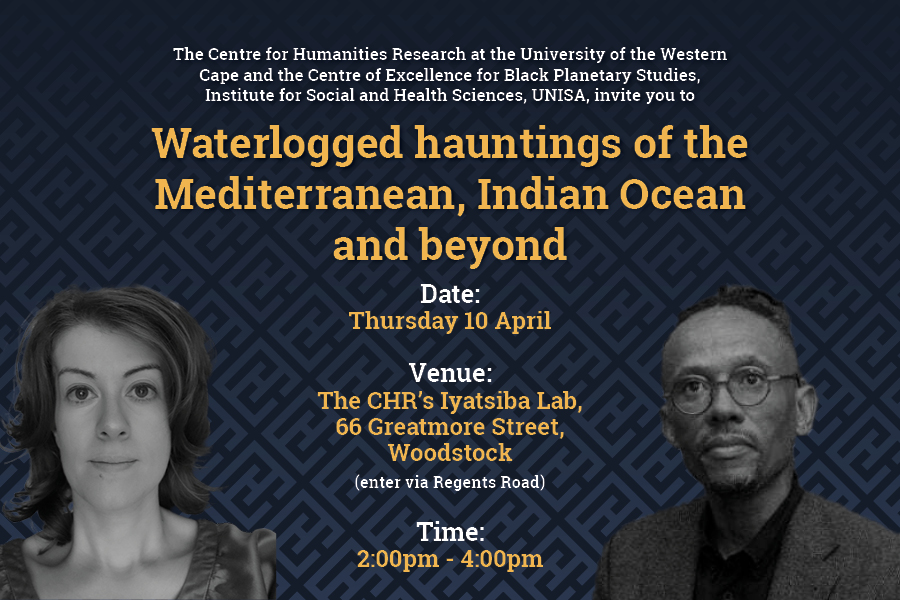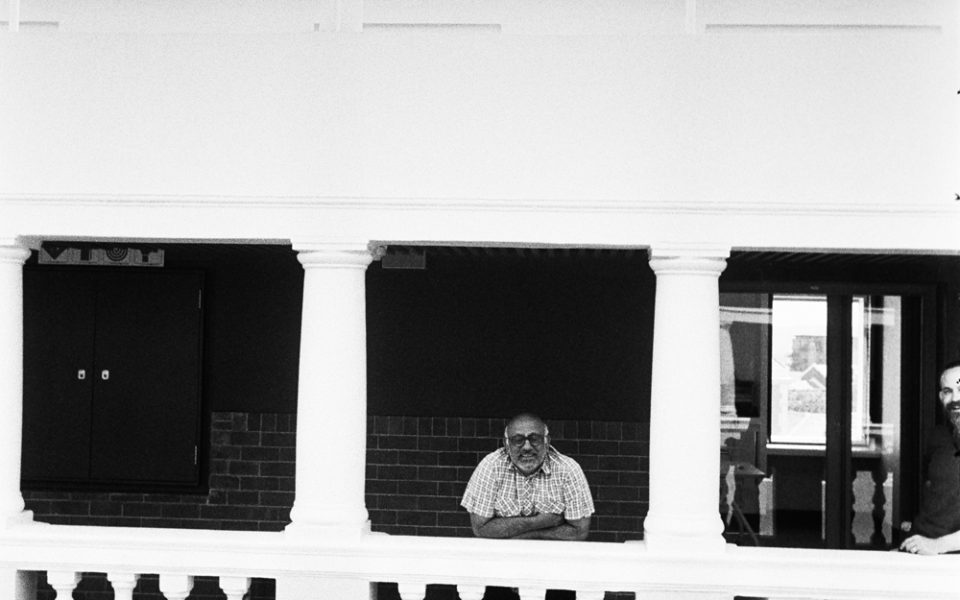Visual Gateways Exhibition

Between February and May 2016 postgraduate students in Visual History from UWC took their cameras into Voortrekker Road. For most students it was their first experience with digital single lens re ex cameras and a task of this kind. Encounters and images in the road became a gateway to think about the city from another space, familiar to some but unfamiliar to others. Making photographs triggered a process of confronting feelings of displacement, discomfort and dystopia, whether one’s own or amongst those one met. The road and its residents gave back generously. This exhibition is the beginning of a longer dialogue and is an effort to build layers of a deep visual record that will continue in Voortrekker Road. The exhibition is also an exploration in form: the form of the road, with its proximities and scales, and the form of the photograph, whether panoramic, portrait or abstract.
In 1938 the main road leading out of Cape Town towards Stellenbosch and beyond was renamed Voortrekker Road. This was to commemorate one hundred years since the migration of Cape Dutch residents from the Cape area towards the north in response to British rule in the Cape and the abolition of slavery. This renaming marked the road as a gateway to the rest of Africa.
Voortrekker Road has risen and fallen through the twentieth century, and may rise again. The vast Maitland Cemetery with its railway lines on one side and its big weekend funerals is a gateway for both workers and the dead. Industries of death line the cemetery, but spirituality is alive in the many churches, posters and religious bookshops all the way up to Bellville, as if Voortrekker Road was a gateway to heaven.
The respectable suburbs of Goodwood, Parow and Bellville were a paradigm of planned modernization in the 1960s. In the gatekeeping interests of an apartheid utopia, black residents were forcibly removed. But when modernization went further in the 1970s and built the N1 and N2 highways on either side of it, Voortrekker Road was left behind. Progress passes it by and its own sediment gathers. Pawn shops register the waves of decline. But new energies arise from the strip malls, repair shops and car dealers, with street vendors converging on the main thoroughfare. Old dealers still use three- dimensional objects to advertise on their shopfronts, while new or resurgent businesses install sleek digital signs. Caught between its old banalities and major redevelopment, Voortrekker Road is seeing a rebirth with large numbers of immigrants living in cheap rentals and making their presence felt. Now it has become Africa’s gateway to the city.




